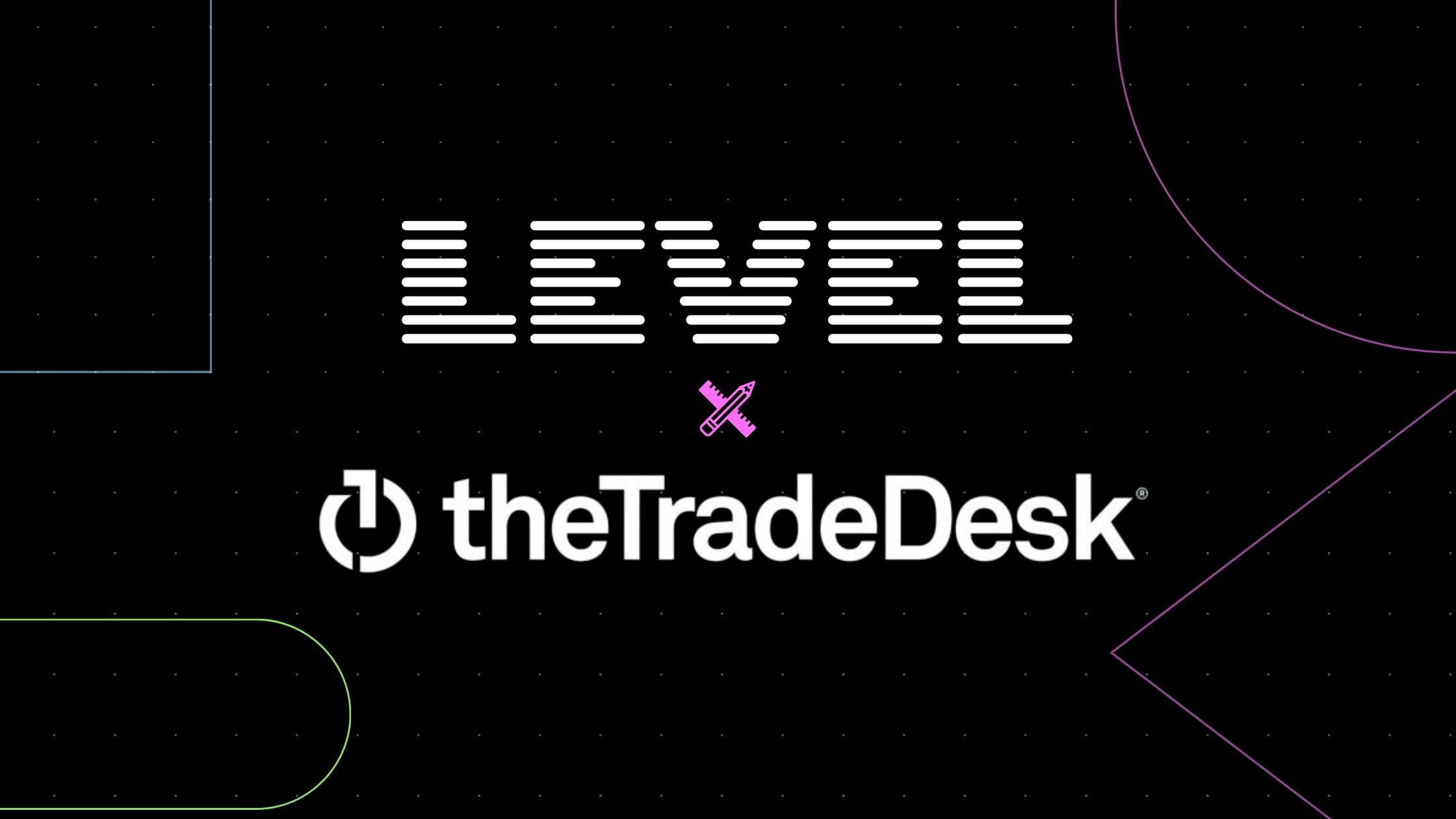The best time to optimize your product feed is 6 months ago. The second-best time is right now. One way to optimize your ecommerce campaigns and get a solid return on ad spend (ROAS) is to focus on product feed management. On this week’s episode of Test. Learn. Grow., our ecommerce team lead Tim Fitzgerald and media manager Abby Young discuss their client Christopher & Banks and how they improved product feed management to optimize an already high performing campaign.
This week you’ll learn:
- How to replicate an in-store experience online
- What small tweaks to make to impact ROAS
- Getting started with product feed management
How to replicate an in-store experience online
Christopher & Banks has been a successful fashion retailer for women’s clothing for many years, but when the pandemic hit, they realized that they needed to increase their online presence in order to grow. They came to us with the goal of acquiring new customers and driving more sales, and we were up for the challenge. We knew that we needed to create an online experience that would be just as amazing as their brick-and-mortar store.
We also wanted to attract new online shoppers who might not be familiar with the C&B brand. This was no simple shopping ad campaign—it was a cross-channel approach that sought to fortify them as a successful ecommerce platform and enable long term growth. Once we had the right feed management tool in place, we were able to deliver 62% ROAS.
Small Tweaks That Made A Huge Difference
So, where did the ecommerce team start? With the abundant audience data Christopher & Banks already had. The detailed customer profile C&B developed helped Tim’s team target the messaging. The ecomm team dove even deeper into the audience data to create lists of customers who purchased online after C&B closed brick and mortar stores. Tim’s team also used machine learning to create look-a-like audiences who were shopping online for products similar to C&B’s.
In addition to audience segmentation data, the ecommerce team started making small tweaks to dynamic product ad campaigns in Facebook. The key was to change the queries in the feed to better present the products in the C&B customer feed. They created a test around featuring the product titles in the ads instead of putting the brand name first. Putting the product name first in the ads led to a 62% ROAS. After seeing these kinds of results, the ecommerce team implemented this tweak across all social platforms. In addition to testing the product title placement, they also tested price and promotional code placement. They continue tweaking, testing, and measuring results as they go.
Getting Started with Product Feed Management
To get started with product feed management, Tim suggests using a feed management platform. There are solutions that fit every size merchant from just starting out to scaled enterprise. One tool we recommend is Feedonomics which can help you tweak product labeling in ads, do an A/B split test, and then measure results for ecommerce marketing companies. Abby also reminds us to keep in mind that making tweaks based on platforms is also important. For example, when tweaking your campaigns in Google, be sure to consider SEO strategy first, as opposed to Facebook, where engagement is most important.
If you’re still unsure of how to proceed with product feed management, reach out to Level Agency. We offer a feed audit in partnership with Feedonomics to get you started.









